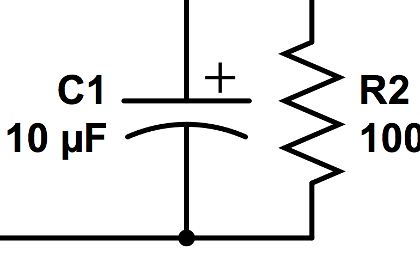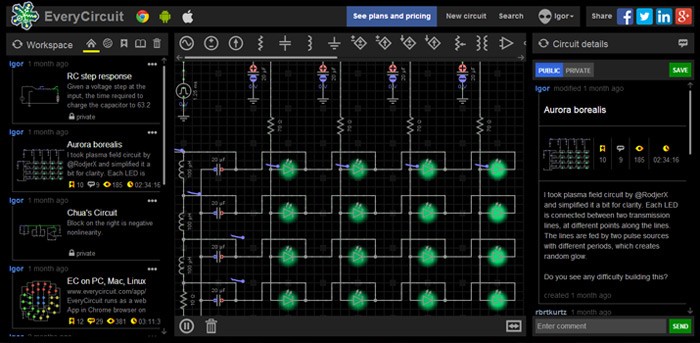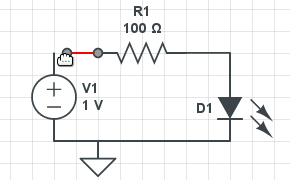

To move the nodes of wires, you need to select the Move tool first. You can move components around by dragging them with the mouse. However, with an XOR, (exclusive OR), if both inputs are 1, the output is 0. Click on the buttons below the canvas to select which component youd like to add to your design. With an OR gate, if both inputs were 1, the output was 1. Just as the NAND gate could be thought of as an AND followed by a NOT, a NOR can be thought of as an OR also followed by a NOT. If neither input is 1, the output will be 0. If at least one of the inputs is 1, then the output will be 1. The OR gate has two inputs and one output. The symbol for NAND is the same as that for AND except for the addition of a small circle on the right side. The name NAND comes from joining NOT and AND. Its output is 0 when the two inputs are 1, and for all other cases, its output is 1. You can think of it as an AND gate followed immediately by a NOT gate. The NAND gate behaves in the opposite fashion to an AND gate. The output is 1 if both inputs are 1, and for all other cases the output is 0.

The AND gate has two inputs and one output. Tables listing all logical possibilities like this are known as truth tables. The two possibilities are written out in the table below. The NOT gate is also known as an inverter because the output is the exact opposite of the input. Additionally, you can rename an output by double clicking on its label. If you need more space, click on the "Full screen mode" button which will increase the size of the workspace to fill the size of the window. Input (solid circle) and drag away and release, or alternatively you can right click anywhere on the connection. To remove connections, you can click on the To delete nodes, click the small cross in the top right corner of its enclosing box.

You can drag it to your desired position. The new node will be placed in the top left hand corner, and To add a new logic gate, or an additional input or output block, choose from the dropdown menu and then click "add node". This is our way of differentiating between 0 (off) and 1 (on). Click the on/off switch and see what happens. Our "on/off" switch and "output block" aren't actually logic gates,īut they are required because they give us the 1s and 0s needed to see how the gates behave. On/off switch, and release the mouse when you are over the solid circle on the left side of the "output" block.įor each of the logic gates, outputs are hollow circles, and inputs are solid circles. To connect them, click and drag from the hollow circle on the right side of the You are presented with a simple on/off input and an output. Take a look around the house or classroom and identify various circuits such as the lights, a fan, or the speaker system used for school announcements.The demo above allows you to create sequences of logic gates to see how they behave when connected to various inputs and outputs.

Whether it’s flipping a switch to turn on lights, pressing a button to turn on a computer monitor, or connecting several strings of lights, we all experience the effects of circuits in many ways. See science in action as student use circuit kits from STEM Supplies to learn the difference between electric currents, energy, and voltage!Įlectric currents play a vital role in many things around us.


 0 kommentar(er)
0 kommentar(er)
